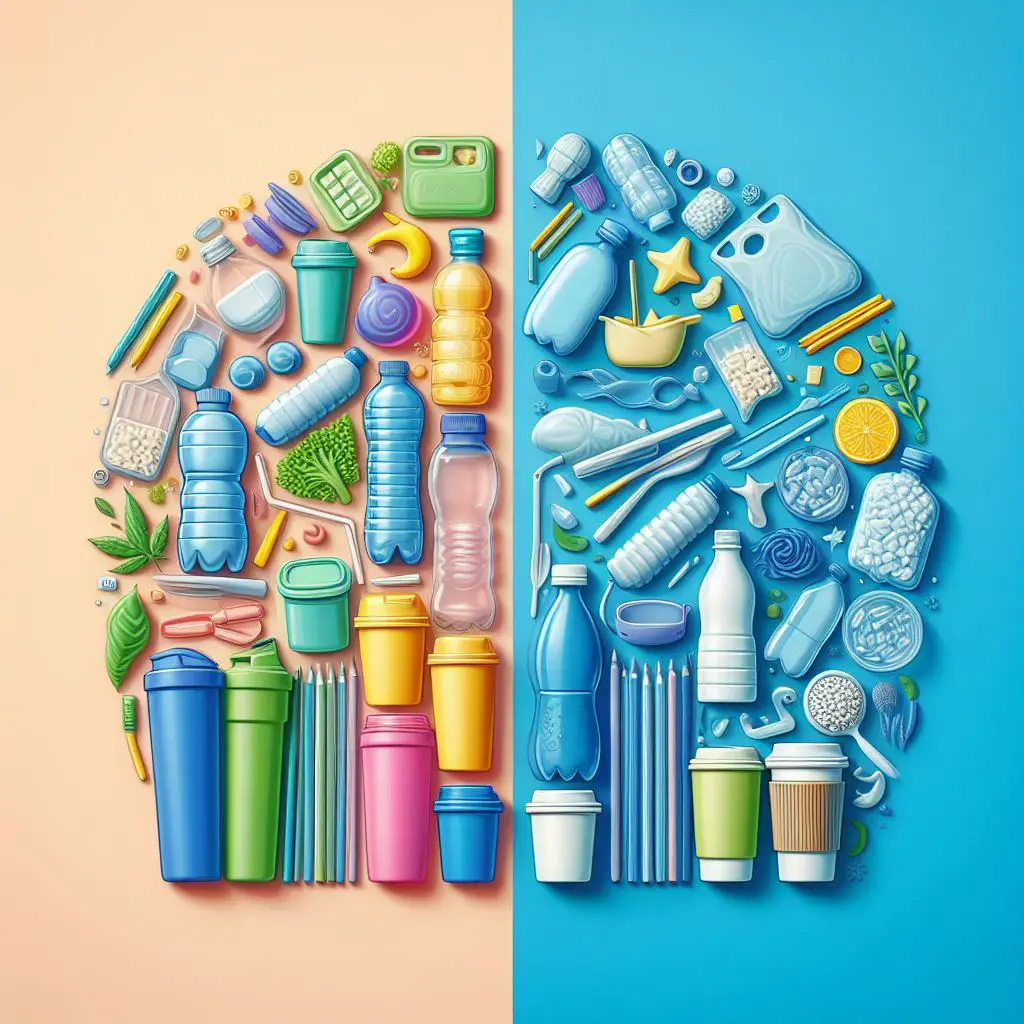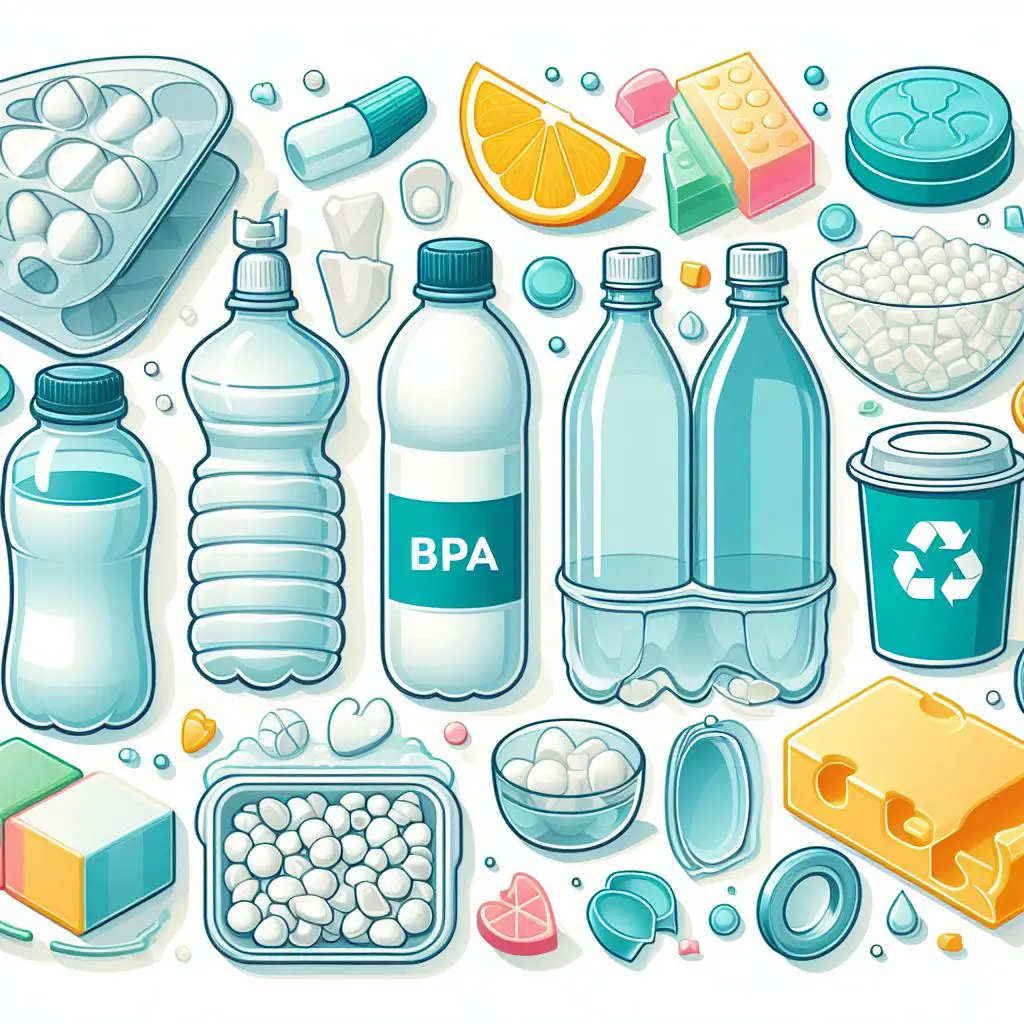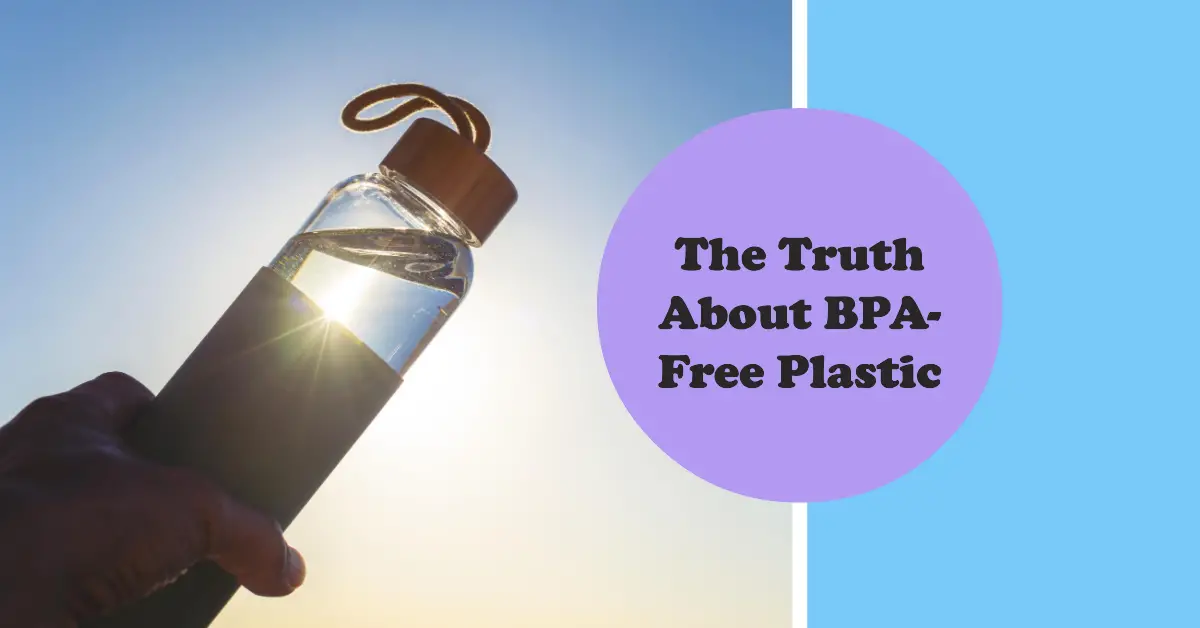BPA (bisphenol A) free plastic is marketed as a safer alternative to regular plastic containing BPA. But is it truly safe for human health and the environment? There are arguments on both sides. This article analyzes the key considerations around BPA-free plastics.
What is BPA and Why is it Controversial?
BPA or bisphenol A is an industrial chemical used since the 1960s to make certain plastics and resins. Mainstream applications include:
- Plastic food and drink packaging
- Water bottles and sippy cups
- CDs and DVDs
- Thermal paper used for receipts
The controversy around BPA stems from its classification as an endocrine disruptor. Studies show BPA can mimic estrogen in the body and alter hormones. Possible health effects include:
- Reproductive issues
- Increased cancer risk
- Early onset puberty
- Obesity
- Diabetes
- Heart disease
Due to consumer concerns, manufacturers have introduced BPA-free plastic using alternate chemicals as substitutes. But are these alternatives definitively safer?
What is BPA Free Plastic Made Of?

Instead of BPA, most BPA-free plastics contain bisphenol compounds structurally similar to BPA, such as:
- BPS (bisphenol S) – Used in polycarbonate plastics, thermal paper, and industry paints.
- BPF (bisphenol F) – Used to reinforce plastics.
- BPP (bisphenol P) – Seen in recyclable plastic bottles, and food cans.
Manufacturers have also moved towards other common BPA substitute chemicals:
- Tritan – Co-polyesters used for rigid water bottles.
- Polyethersulfone (PES) – Heat-stable compound used for baby bottles.
- Polypropylene (PP) – Polymer used in reusable water bottles, food containers.
- Polyethylene terephthalate (PET) – Polyester found in water bottles.
Is BPA Free Plastic Safer Than Regular Plastic?
The short answer is we don’t know for certain if BPA free plastic is definitively safer. Early research raises concerns that BPA substitutes may pose similar health risks as BPA itself.
Limited Research on New BPA Substitutes
Most safety data and health risk analyses focuses specifically on BPA. Its common replacements have not undergone nearly the same level of rigorous study. These knowledge gaps pose uncertainties.
Similar Endocrine Disrupting Effects
Studies find many BPA substitutes demonstrate comparable endocrine disrupting profiles. Examples include:
- BPS impairs reproductive health and brain development much like BPA. Further study needed.
- BPF exhibits estrogenic activity and reproductive toxicity in animal studies. Similar effects as BPA possible in humans.
Lasting Environmental Impacts
Most BPA alternatives make their way into the environment through disposal and recycling. Researchers raise concerns about:
- Bioaccumulation up the food chain once chemicals enter ecosystems.
- Toxicity to aquatic life and wildlife over longer periods of time.
So while BPA free alternatives seem safer at face value, researchers advocate a precautionary approach until more definitive evidence exists.
Should You Avoid All Plastics Altogether?
Going completely plastic-free is difficult in today’s world. But consumers can take steps to reduce exposure from plastics containing questionable chemicals. Helpful tips include:
1. Use Glass or Stainless Steel Containers When Possible
- Glass bottles and food containers have no plastic chemicals.
- Stainless steel bottles avoid plastic completely.
2. Look for Safer Resins When Using Plastic
- Polypropylene (PP) considered one of the safest known resins so far.
- New plant-based PLA plastics break down faster with fewer chemical concerns.
3. Never Microwave or Put Plastic Containers in Dishwashers
- Heating plastics in microwaves or dishwashers potentially increases chemical leaching risks.
- Handwashing plastics gently can lower exposure over time.
4. Recycle Properly and Safely Dispose When Recycling Not An Option
- Recycling reduces plastic waste accumulating in landfills and oceans.
- If recycling is not possible, discard plastic products safely to avoid environmental contamination from chemicals.
While more research is still needed, consumers can lower risks by using plastic alternatives when possible and minimizing the usage of all plastics in daily life.
The Bottom Line – Is BPA Free Plastic Worth It?
So should you opt for BPA-free plastic alternatives over regular plastic? Here are some key bottom-line considerations:

It’s Likely Marginally Better Than Regular Plastic
- Alternatives like Tritan and PP may pose fewer health risks than BPA-containing plastics based on early evidence.
- However, approach new substitutes cautiously since long-term impact data doesn’t yet exist.
It’s Not As Safe As Going BPA-Free And Plastic-Free
- Glass, stainless steel, and other BPA and plastic-free options are definitively the safest choices if available to you.
- Plant-based PLA plastic also breaks down faster with fewer chemical concerns.
Look for BPA-Free Labeling and Proper Recycling
- Choosing BPA-free labeled plastics signals marginally fewer risks.
- But also ensure any plastic is properly recycled after use. This further reduces health and environmental issues long-term.
Support In-Depth Safety Testing of New Plastic Formulations
- With increasing worries over substitutes like BPS and BPF, advocate for further testing to protect public health. The science is still inconclusive on new agents.
So in conclusion – selecting BPA free plastic is likely a modestly safer choice. But sticking with glass, metal, and BPA/plastic-free alternatives when possible is undoubtedly the most prudent option for minimizing risks.
